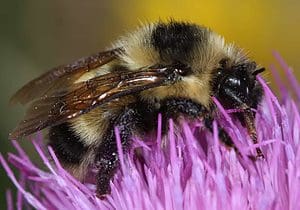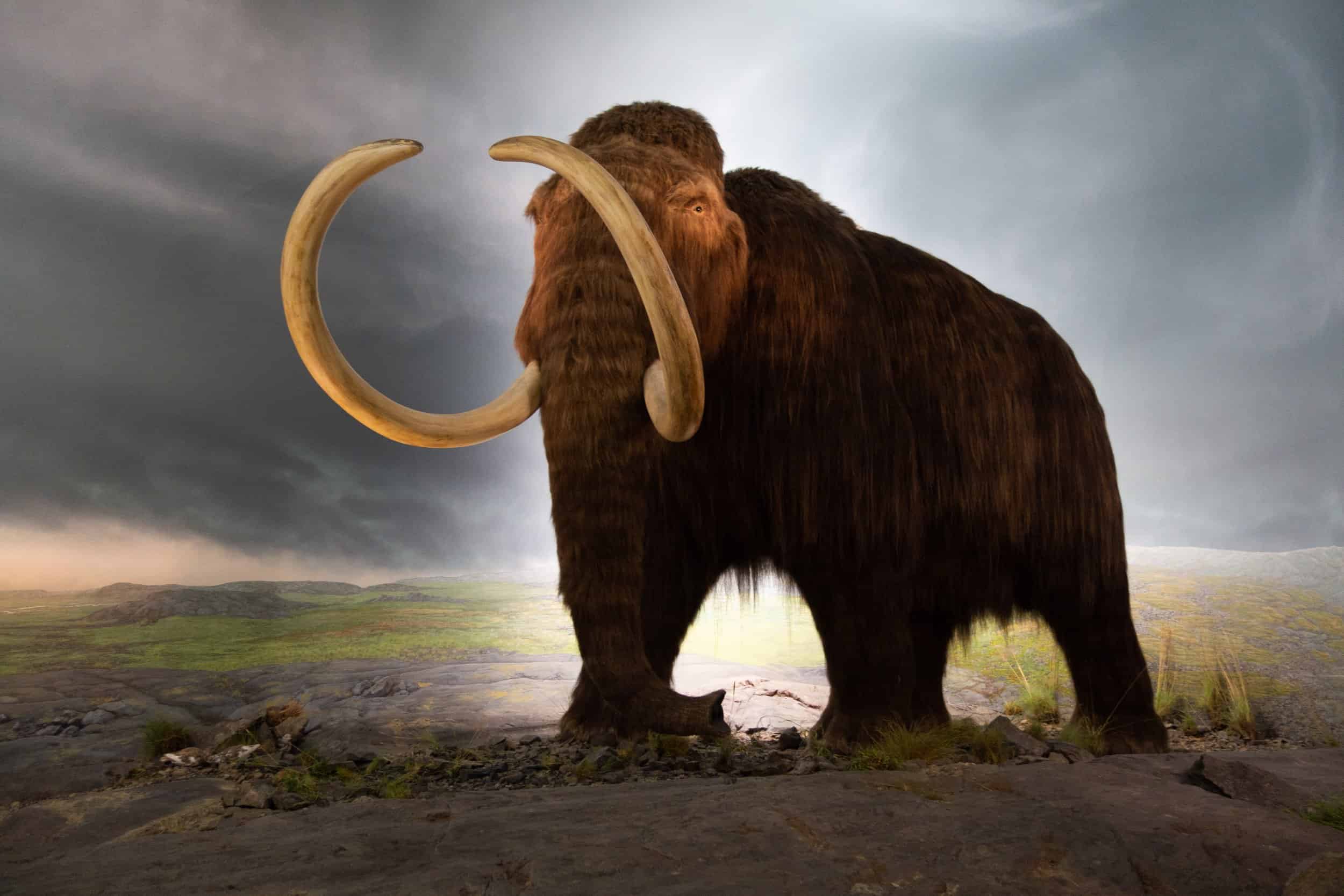Known as “Cockerell’s bumblebee“, this particular species has managed to elude entomologists and basically anyone else with the trained eye to spot them for decades now. Recently, a group of scientists has managed to track and spot the bumblebee for the first time since 1956 in the White Mountains of south-central New Mexico.

Three samples of the Cockerell's Bumblebee species, captioned above, were finally found by University of California scientists. These are the first confirmed specimens retrieved since 1956. (c) G. Ballmer | UC Riverside
Cockerell’s bumblebee was first described in 1913 using six specimens. Since then, just a handful of samples have been found at a couple of isolated sites, the previous one before this remarkable find by University of California scientists being in 1956.
“When an insect species is very rare, or highly localized, it can fairly easily escape detection for very long periods of time,” Douglas Yanega, a senior museum scientist at the University of California, Riverside (UCR), said in a statement.
RELATED: Crippled bee population might be saved by super breeding
Considering it’s almost mistified nature, the bumblebee, which was more less thought extinct or at least missing in action, can be considered the rarest species of bee in the US. This is mainly due to its incredibly short range, since all the currently found specimens have been found in an area just 777 square kilometers across. In comparison, “Franklin’s bumblebee”, last seen in 2003 and considered on the verge of extinction, has a range of 33,670 square km.
If it wasn’t enough that Cockerell’s bumblebee is so hard to find, it’s been actually disconsidered for a very long time since it was thought that it was not actually a genuine species, but only a regional color variant of another well-known species. Nevertheless, it’s very reconfiguration to hear of an old, forgotten species pupping out again, instead of the “same-old, same-old” another species was declared extinct today news blurb, and such.
“There are many precedents – some of them very recently in the news, in fact – of insects that have been unseen for anywhere from 70 to more-than-100 years, suddenly turning up again when someone either got lucky enough, or persistent enough, to cross paths with them again,” Yanega said. “It is much harder to give conclusive evidence that an insect species has gone extinct than for something like a bird or mammal or plant.”









